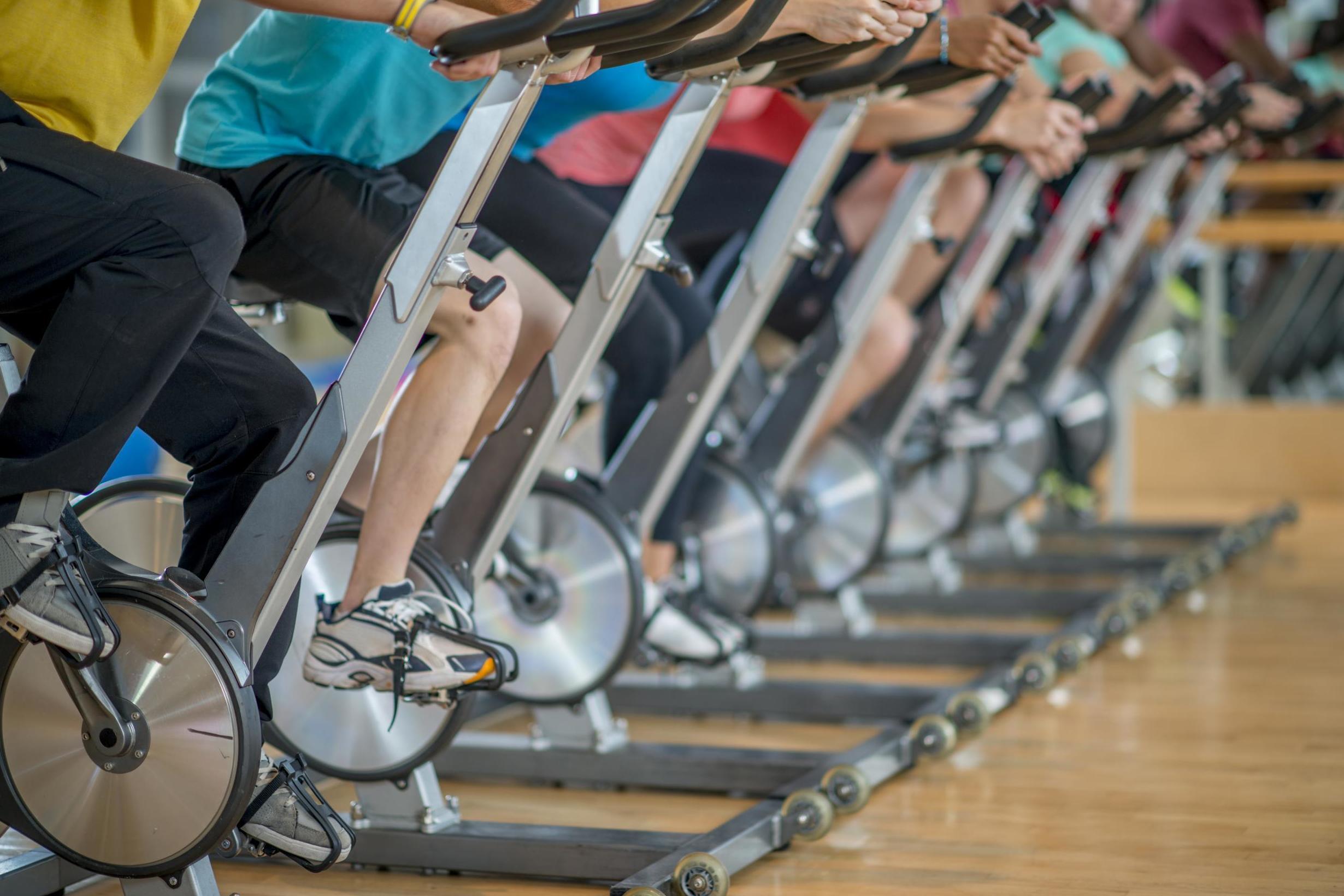Spin classes can cause injuries similar to car crashes
The high-intensity classes can be dangerous for beginners

Stationary cycling classes may offer an effective workout - but they could also be increasing the risk of kidney damage, according to medical reports.
The popularity of spin classes has grown exponentially in recent years, as the classes are relatively fun, have a high-calorie burn, and work out your lower body.
However, for first-time spinners especially, high-intensity spin classes may result in rhabdomyolysis, a serious syndrome caused by muscle injury, according to a study published in the American Journal of Medicine.
Rhabdomyolysis occurs when severe muscle trauma, due to a lack of oxygen, causes muscles to break down and release their contents into the bloodstream - which can lead to serious complications such as kidney failure.
The condition is typically found in victims of a crush injury, such as a building collapse, fall, or car crash, however, doctors are now seeing it as a direct result of spin classes.
For half of the people who develop rhabdomyolysis, there are no symptoms and it will fix itself on its own. But for those whose muscles have suffered severe damage, symptoms of a more serious problem include dark urine, muscle aches, nausea and a feeling of weakness.
Common complications of rhabdomyolysis include high levels of myoglobin in the blood, which can lead to cardiac arrest and renal failure, according to the American Academy of Family Physicians.
According to Dr Maureen Brogan, the lead author of the study and a kidney specialist at Westchester Medical Centre, for spinning to be safe, there need to be some guidelines.
“Spinning is great exercise,” Dr Brogan told the Today show. “But people should be aware they need to take it slow in the beginning. There should be some guidelines.”
With spin classes, Dr Brogan said the problem is: “You’re using some of the largest muscles in the body - the quadriceps and the gluteus maximus - at an intense rate.”
Robert Arreaga, a personal trainer at Equinox in New York City agreed.
Asked whether spin classes can hurt you permanently, Arreaga said: “The risk is low but it depends.
“Spinning is advanced. You can’t go from doing nothing to waking up one day and deciding to start spinning,” he said.
Fortunately, for most people, rhabdomyolysis is not a reason to avoid spin classes, especially if your body is used to exercise. But for people who do not exercise often and then take part in a high-intensity workout such as a spin class where the point is to push yourself to your max, the condition can result in serious side effects, such as the need for dialysis or death.
Rather than pushing muscles to take on more than they can handle, starting with a lower-intensity class is a better and safer option.
Join our commenting forum
Join thought-provoking conversations, follow other Independent readers and see their replies
Comments